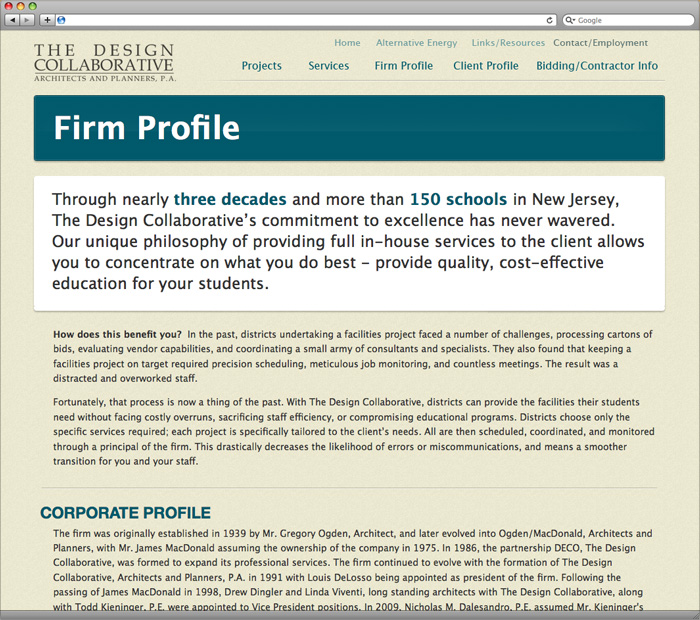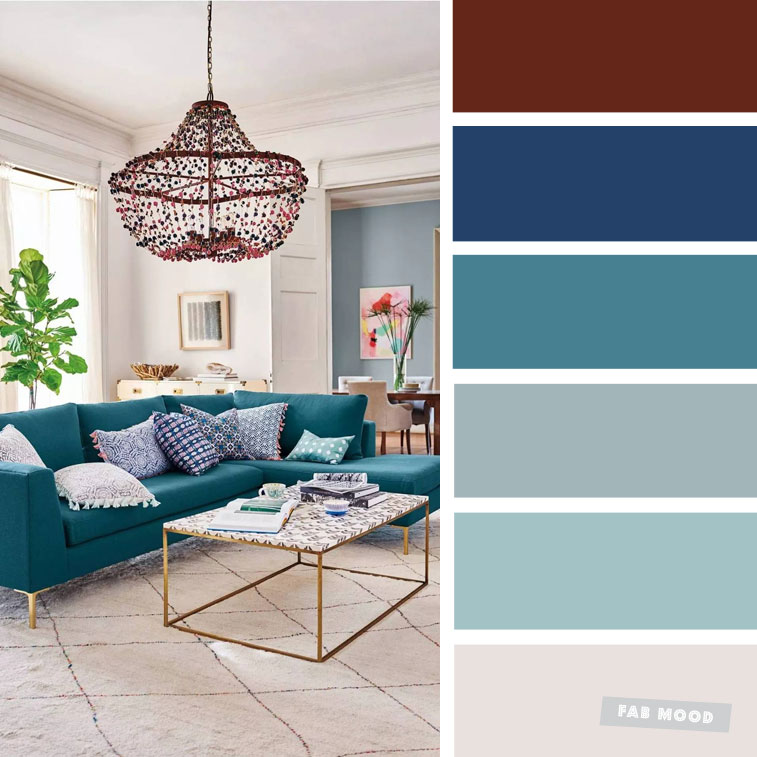Table Of Content

A collaborative design process can be challenging at times—especially at first. But getting out of our own heads and incorporating collaboration into our design process is worth the effort because it improves our work. Especially if you’re collaborating not just with other designers, but with people who add different perspectives and lived experience that enriches our work. In collaborative design, various key players contribute different skills and expertise. On one hand, designers ensure usability and aesthetics align with the project goals while project managers coordinate the efforts.
The design team evaluates the brief
Collaboration is a mix of communication and constant feedback among peers. The brief has to be revised and updated as many times as needed before the project continues. Check out our Figma vs Miro review to find out which is the right tool for you.
When to Use Collaborative Design:
This unified approach helps to instill a sense of democracy within your creative process and tells your team that their voices matter. What we value most is people – our clients who we help, the contractors and consultants who we work with, and, of course, each other! What brings us the most joy is being able to use our knowledge in skills to serve others by creating People-first places. We believe each project is a step towards a more sustainable and resilient future. The fact that workforces are now going remote means you need to to be more tactful in your approach. In addition to encouraging them to maintain a healthy work-life balance, you need to have a proper set up in place to keep workflows mood and team members productive.
How to Create and Distribute 50+ Ads From a Single Figma Design in Minutes
Working within our team (internal) helps us stay focused while working across different groups (cross-department) and mixes skills for better results. Going beyond, collaboration with our users or communities (community collaboration) widens our perspectives. When designers team up with clients (client/designer collaboration), it ensures their ideas shape the final product, making the process richer and more useful. When designers, developers, stakeholders, and other experts share their skills and ideas to create amazing products, it’s called design collaboration.
When a team works together in perfect collaboration, they understand each other’s ideas and needs, which is the beginning of a nurtured and positive company culture. Like I mentioned earlier, team collaboration happens offline and online. Still, it takes place online most of the time because, in a marketing team, the members can all be working in the same office or from different cities worldwide. Without a set of resources and the appropriate workflow among team members, design collaboration can get confusing. After the design team receives the approval on the final version of the draft, they will need to export and deliver it, as mentioned in the creative brief. All this takes place through various stages of planning and strategizing, improved by constant feedback until the outset creative idea reaches the final goal.

Your Guide to Collaborative Design
For example, in a design studio, UI designers and UX designers will collaborate on a website project by combining their skills to make the final product visually appealing, functional, and user-friendly. With Miro, teams can collaborate, ideate, iterate, and gather feedback throughout the collaborative design process. To kickstart the collaborative design process with your team, simply sign up for free to Miro.
Most importantly, a focus on the entire product gives designers the unique ability to connect business goals directly to their users. They understand their customer and their teams better, which results in better design solutions across the board. Knowing why you’re working toward that goal is another thing entirely. What was once an approach relegated to the design department is fast becoming the gold standard for the entire product team.
The same goes for managing resources and finding the best ideas remain ongoing challenges in team design projects. When different people with unique skills work together, they create designs that are more useful and exciting. Different design experts create new and improved things together by brainstorming ideas and enabling everyone to bring something special to the table. Collaborative design happens when you involve people from different fields starting from the early stages of a project. For example, you might involve a developer, UX writer, and a product designer to work on a new modal.
Key features
More importantly, designers and developers aren't bogged down with the administrative work around simply tracking down design feedback or clarifying change requests on designs. With collaborative design, feedback is centralized and gathered directly on the design file itself. This enables designers to focus on the creative aspects of the project. It also requires stakeholders to be actively involved throughout the project and to provide timely feedback that helps UX teams move forward as projects move from mock-up into design production. Collaborative design ensures everybody contributes towards product development. It has proven to be a better way to solve user problems and creates a more well-rounded product.
When applied in a collaborative design context, design thinking encourages teams to work together to gather user insights, generate ideas, and rapidly prototype and iterate on designs. By combining design thinking and collaborative design, teams can leverage collective creativity and diverse perspectives to create more innovative and user-centered solutions. Graphic designers often collaborate with clients, copywriters, and marketers to visually communicate ideas. This collaboration involves brainstorming sessions, feedback loops, and iterative design processes, aiming for visually appealing and effective communication materials.
Design solutions for mental health as a secondary diagnosis - Building Design + Construction
Design solutions for mental health as a secondary diagnosis.
Posted: Mon, 09 Oct 2023 07:00:00 GMT [source]
They then try the new improved flavor again on another test group to see if their changes have worked. With more teams going remote, digital feedback process is the perfect solution to keep product design on track no matter where your creatives are. Collaborative design is a multi-pronged process that involves planning and strategy and revolves around delivering iterative feedback and revisions.
We hope you find this piece of article helpful, and you’ll improve the design collaboration process inside your team. With the right team, the right tools, and a place where communication is the key to discovery, great projects will come to life. This is only natural because a complex process has its roots in more than one place.
Tell us about your experience with collaborative design and some of the success/ challenges you have faced while incorporating collaborative design into your development process. When most people think of design prototypes, they think of an interactive for a website design or product design. And prototypes don’t just have to be for things like nonprofit web design. Design is about working with ideas—translating intangible concepts into something that can be seen or interacted with.

No comments:
Post a Comment